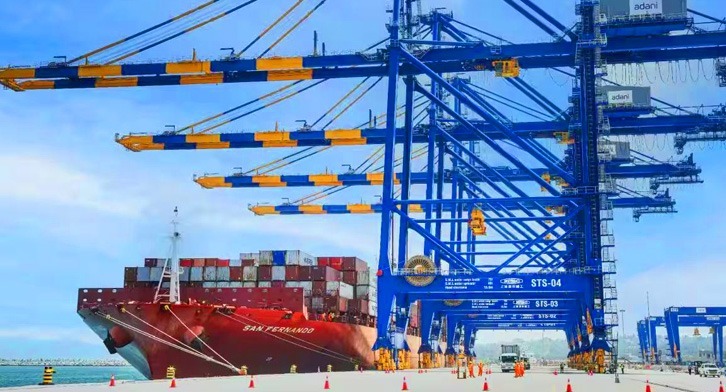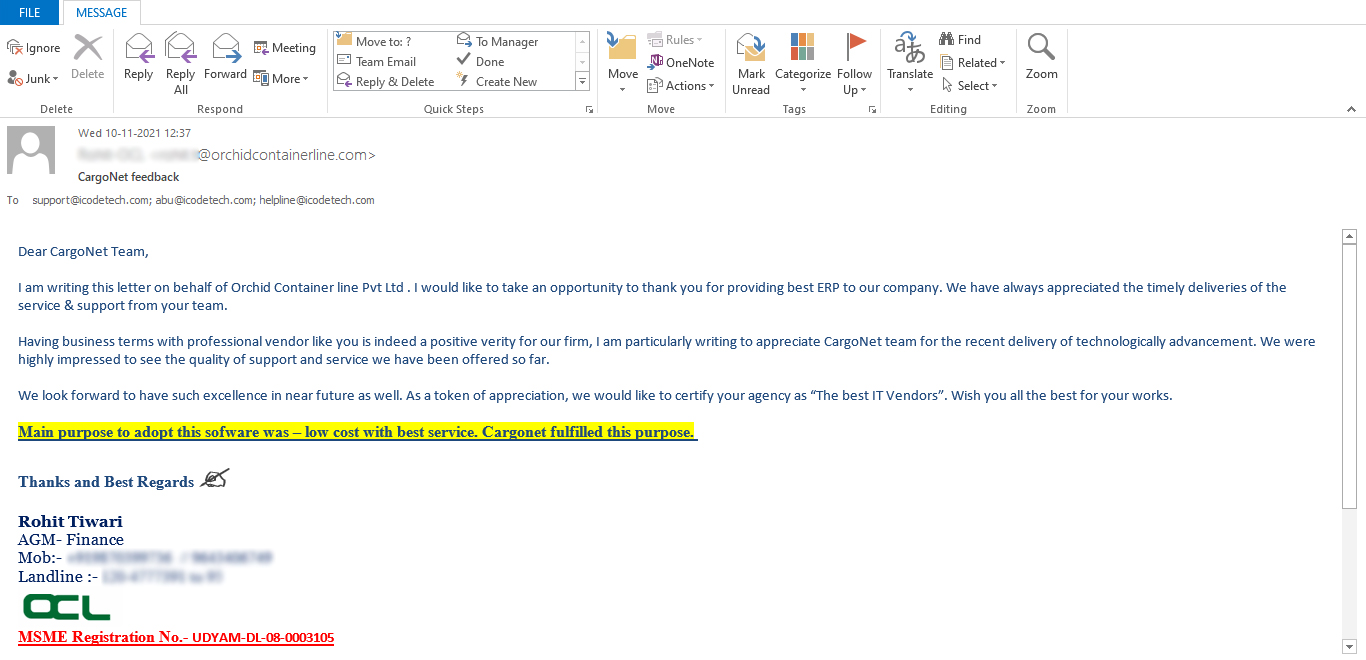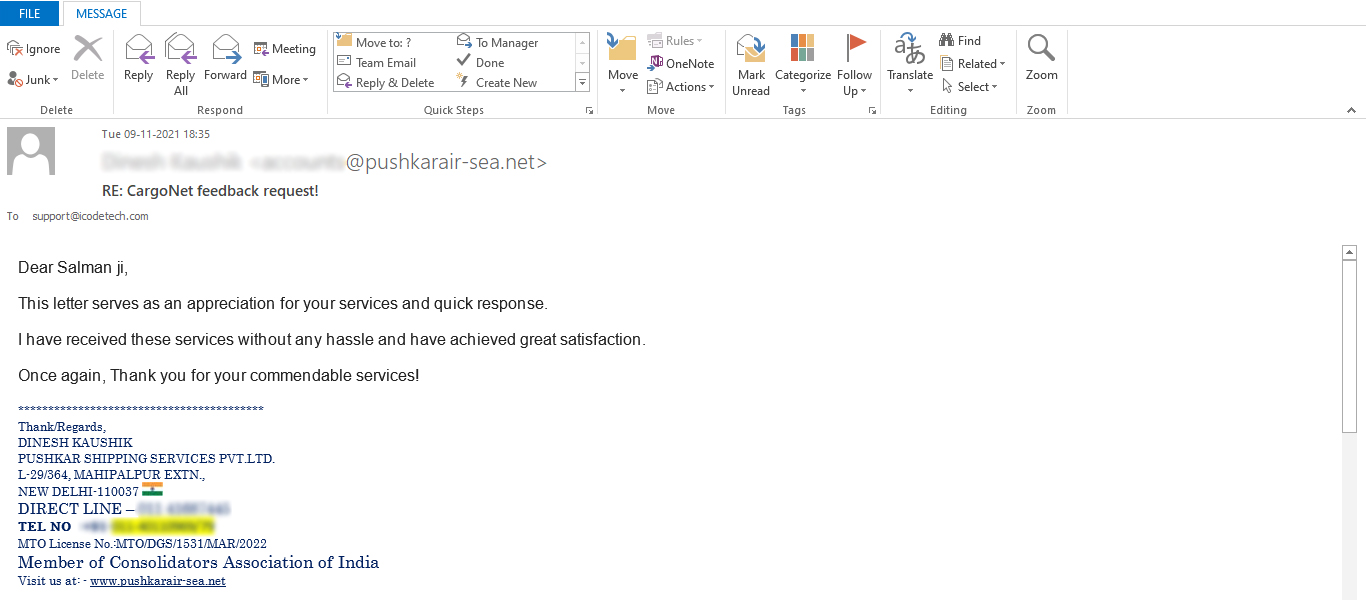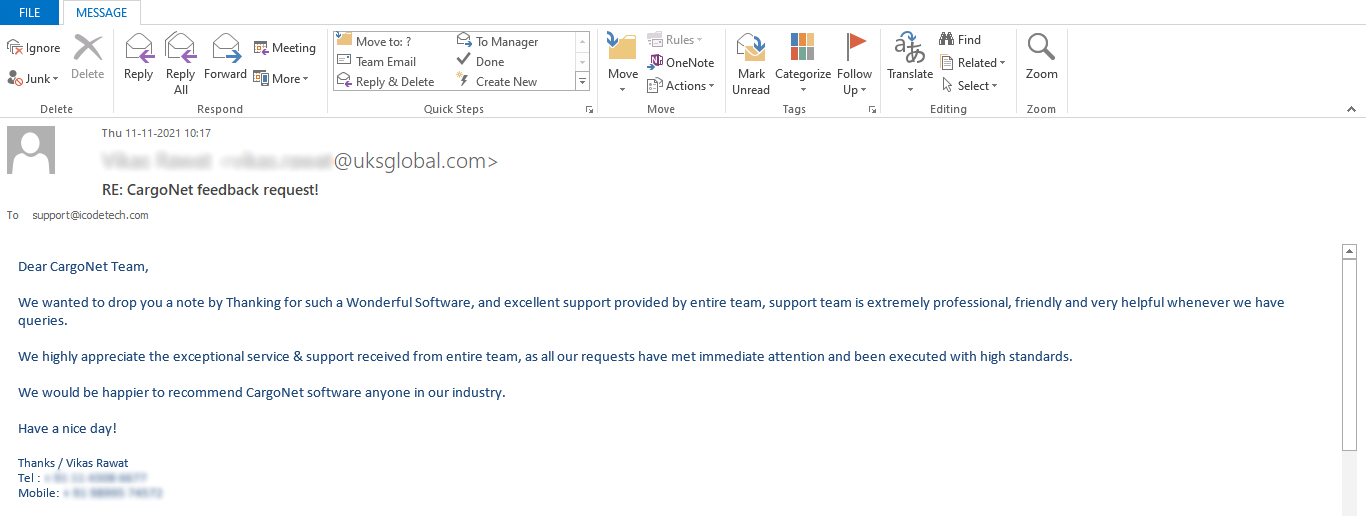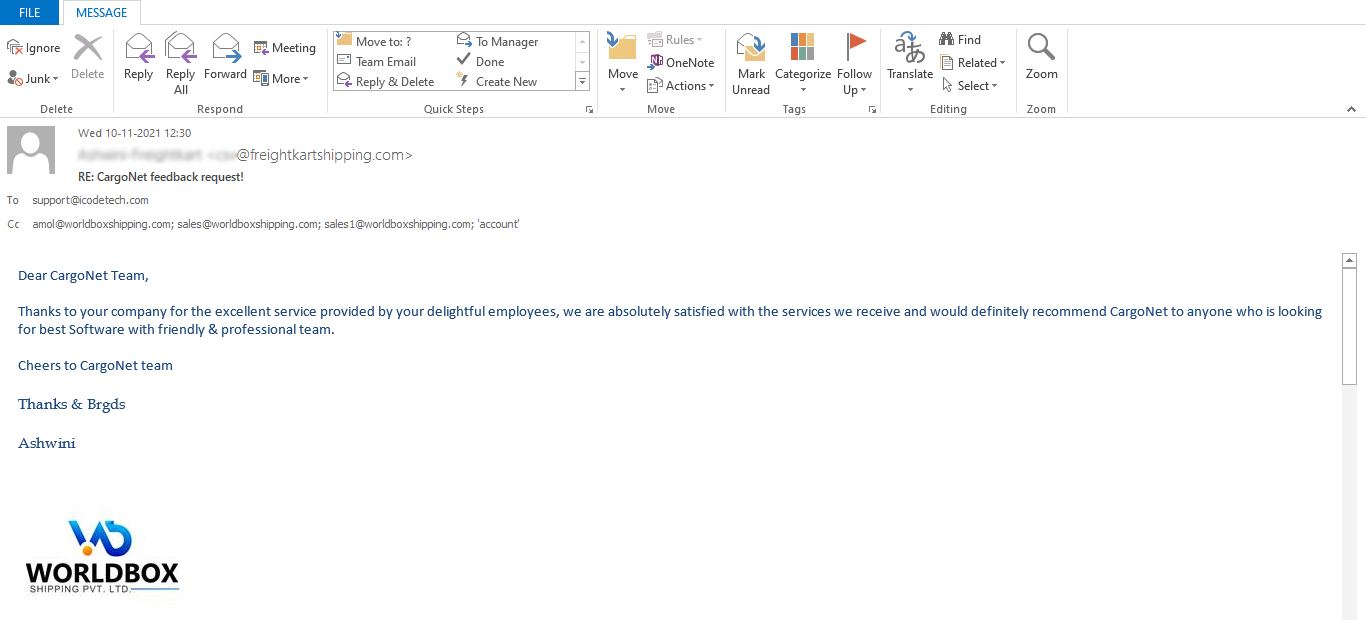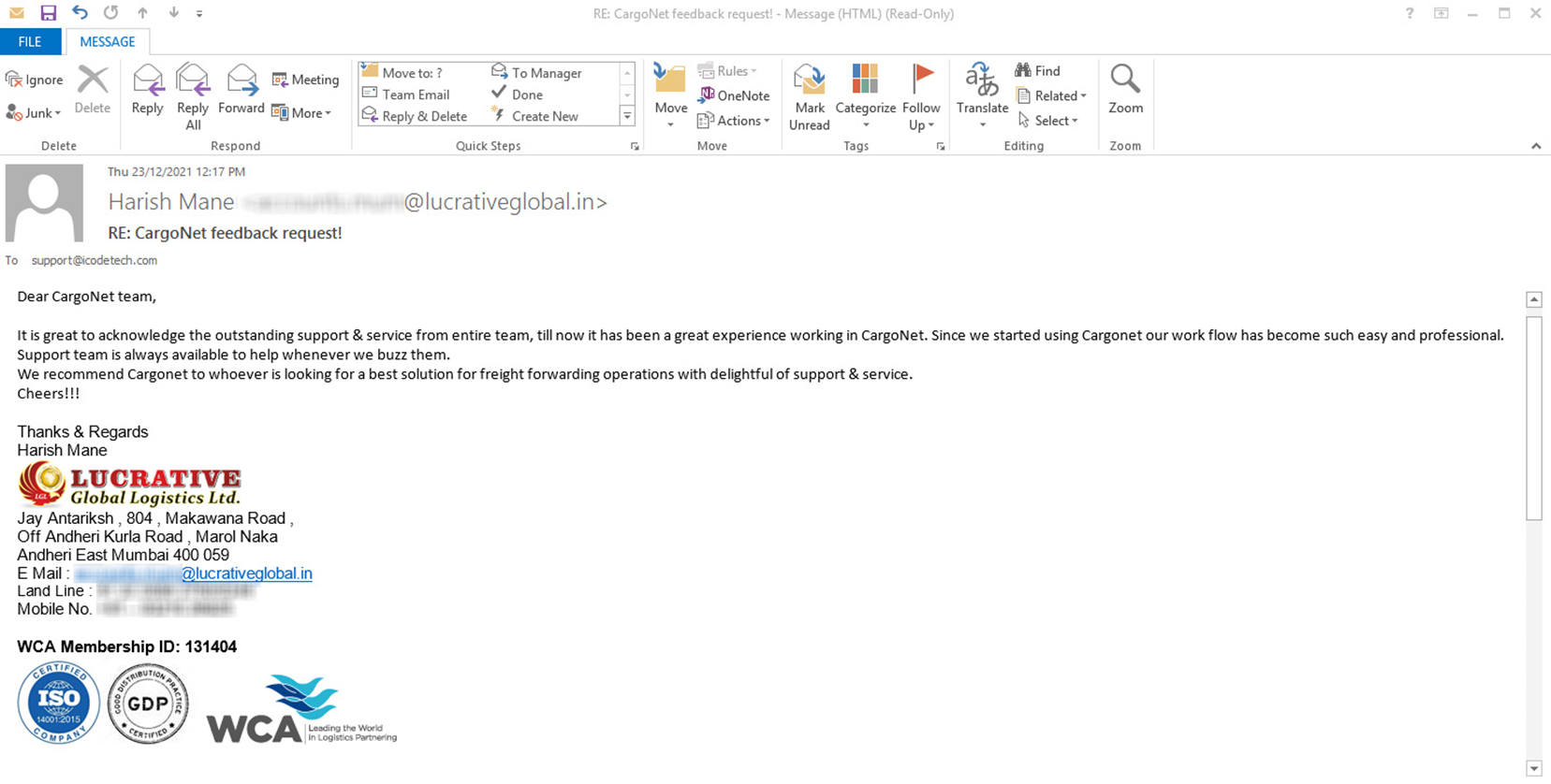In a major push to transform India’s maritime infrastructure, Vadhvan Port Project Ltd. — a future global shipping hub — is planning to raise ₹30,000 crore (US$3.46 billion) in debt financing. This ambitious funding strategy will offer lenders a stake in one of Prime Minister Narendra Modi’s flagship infrastructure initiatives.
The project, led by the Jawaharlal Nehru Port Authority (JNPA), is designed to position India as a leading global logistics and container transshipment hub. The JNPA holds a 74% stake, while the Maharashtra Maritime Board retains 26% ownership.
“We are targeting a combination of onshore and offshore lenders with tenures between 15–20 years,” said Mr. Unmesh Sharad Wagh, Chairman, JNPA.
Key Highlights:
- Total Project Cost:₹78,057 crore (US$9 billion)
- Debt Financing: ₹30,000 crore (US$3.46 billion)
- Equity Contribution: ₹13,000 crore (US$1.5 billion) by JNPA and Maharashtra Maritime Board
- Completion Timeline: By end of the decade
- Capacity:23 million TEUs (Twenty-foot Equivalent Units) — among the top 10 ports globally
- Natural Depth: 20 meters — able to handle ultra-large container vessels
- Strategic Role: Key node in the India–Middle East–Europe Corridor (IMEC)
- Land Reclamation:1,200 hectares
- Advisory & Funding: IDBI Capital appointed to source long-term lenders
- Initial Funding Phase: ₹22,000 crore to be raised over 5 years (proposals expected Oct–Dec 2025)
Why Vadhvan Port Matters:
- Bridges India's port capacity gap by welcoming mega-vessels that currently bypass Indian ports.
- Boosts export competitivenesswith faster turnaround times and deeper port access.
- Catalyst for regional trade integration, , especially under initiatives like the India–Middle East–Europe Corridor.
- Backed by government financing instruments, including the proposed Maritime Development fund
The Vadhvan Port is set to reshape the maritime map of India, enabling it to compete with global transshipment giants like Singapore and Colombo. With robust backing from both public and private sectors, the port is not just an infrastructure project—it’s a strategic leap toward becoming a global logistics powerhouse.


